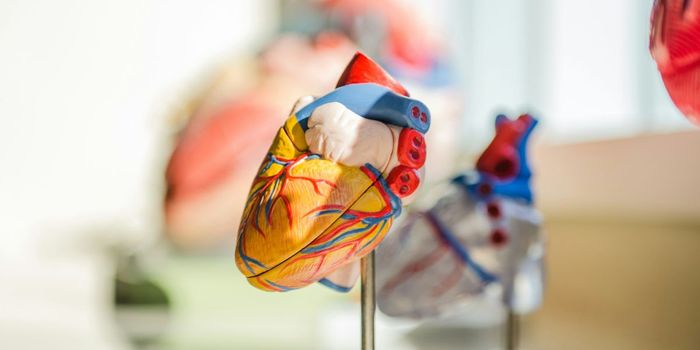Technology
Sugar: Powering the Batteries of the Future?
JAN 28, 2014 12:00 AM PST
Share
New Program for Advances in Prosthetic Legs
 For many people who have lost a leg through accident, war, or disease, a prosthetic leg represents a huge step in recovering as much of their previous lifestyle as possible. Even so, the average prosthetic leg requires adjustment and comes with significant limitations.
For many people who have lost a leg through accident, war, or disease, a prosthetic leg represents a huge step in recovering as much of their previous lifestyle as possible. Even so, the average prosthetic leg requires adjustment and comes with significant limitations. Prosthetic legs may be completely passive, requiring users to consciously adjust their weight to lock and unlock the knee; or they may be partially automated, with ankle and knee joints that can be activated for different modes (standing, walking or sitting). The brain sends signals to the body to tell the good leg what to do next, but the prosthetic leg has no such connection.
A research group led by UNC/NC State associate professor of biomedical engineering Helen Huang hopes to change that. Her group has received a National Science Foundation grant of $1.2 million to develop a "smart" bionic leg that can receive input from the user and determine what the user wants to do before he or she takes the next step. With such a device, an amputee would be able to navigate much more easily over difficult surfaces such as stairs and inclines, and even maintain balance if he or she should happen to trip.
The limb works by reconnecting with the nerve signals that the brain sends down the spinal cord to the leg. The electrical signals are still being sent, but have nothing to connect to beyond the amputation point. The researchers intend to construct a prosthetic leg with matching electrodes at the interface with the amputation point to receive these signals. An internal computer will then process these signals and produce the appropriate reaction in the knee joint of the prosthetic leg, just as a natural leg would do.
Developing this limb requires two separate phases - creating the leg with the appropriate sensors and movement capabilities to allow it to function as a real leg does, then finding a way to have that movement correctly triggered. The initial prototype leg uses sensors placed on the skin to detect the electrical signals from the nerves, which in turn activates force and motion sensors within the prosthetic leg. These sensors measured the force of each step, as well as the rotation and angle of the knee joint to help anticipate the next step.
The research team created an obstacle course for amputees to navigate using the new prosthetic leg that combined several types of movement - stepping over obstacles, climbing a small flight of stairs or a ramp, and then repeating the course in reverse. The prototype leg was able to determine the next move 95-99% of the time among the test group of amputees.
The team is now addressing controlling of the leg by the brain. While the skin sensors gave impressive results, not all amputees may have enough muscle in the remaining limb to sufficiently transfer the signal via skin sensors. Through a special cap with 64 EEG sensors, the team is trying to determine the specific areas of the brain that equate to a particular command - volunteers will be asked to do specific leg movements while the researchers attempt to correlate the brain activity to the movement.
While this prosthesis is still far away from reality, this work offers hope for amputees that they may have a more natural prosthetic in the future, and regain even more of their former lifestyle as a result.
You May Also Like
Loading Comments...








